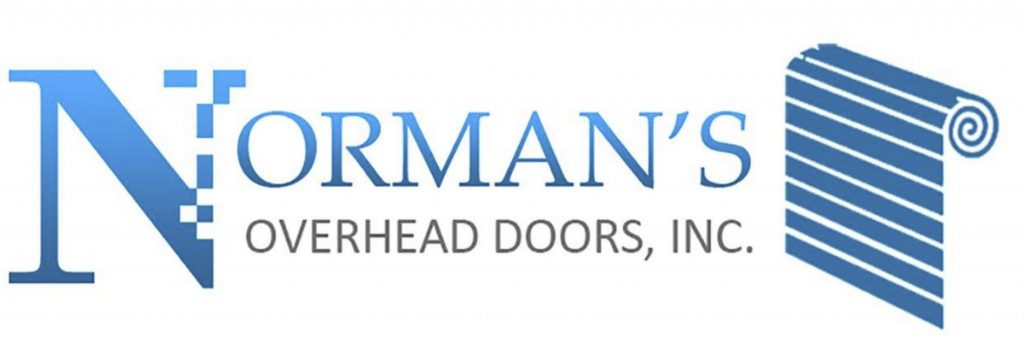Databases: Databases server is treated of the SpinQuest and you will regular snapshots of database stuff try held and the devices and you can papers called for for their recovery.
Record Guides: SpinQuest uses a digital logbook program SpinQuest ECL having a database back-avoid handled because of the Fermilab They division plus the SpinQuest venture.
Calibration and you will Geometry databases: Running standards, as well as the detector calibration constants and alarm geometries, are kept in a databases within Fermilab.
Study app supply: Research investigation software is establish during the SpinQuest repair and you will studies plan. Efforts to the plan come from several offer, school organizations, Fermilab pages, off-site research collaborators, and you can businesses. In your area created app supply code and construct data files, along with efforts from collaborators is stored in a version administration program, git. Third-party application is managed by the app maintainers in oversight away from the research Performing Class. Source password repositories and you will treated 3rd party packages are constantly backed up to the fresh new College away from Virginia Rivanna sites.
Documentation: Papers exists on the web in the form of stuff often handled by the a content administration system (CMS) such as a good Wiki inside Github otherwise Confluence pagers otherwise since fixed internet sites. This content try supported constantly. Most other files towards software program is distributed thru wiki pages and includes a mix of html and you can pdf data.
SpinQuest/E1039 is a fixed-target Drell-Yan experiment using the Main Injector beam at account casinovibes inloggen Fermilab, in the NM4 hall. It follows up on the work of the NuSea/E866 and SeaQuest/E906 experiments at Fermilab that sought to measure the d / u ratio on the nucleon as a function of Bjorken-x. By using transversely polarized targets of NH3 and ND3, SpinQuest seeks to measure the Sivers asymmetry of the u and d quarks in the nucleon, a novel measurement aimed at discovering if the light sea quarks contribute to the intrinsic spin of the nucleon via orbital angular momentum.
While much progress has been made over the last several decades in determining the longitudinal structure of the nucleon, both spin-independent and -dependent, features related to the transverse motion of the partons, relative to the collision axis, are far less-well known. There has been increased interest, both theoretical and experimental, in studying such transverse features, described by a number of �Transverse Momentum Dependent parton distribution functions� (TMDs). T of a parton and the spin of its parent, transversely polarized, nucleon. Sivers suggested that an azimuthal asymmetry in the kT distribution of such partons could be the origin of the unexpected, large, transverse, single-spin asymmetries observed in hadron-scattering experiments since the 1970s [FNAL-E704].
So it’s perhaps not unrealistic to imagine the Sivers characteristics may disagree
Non-zero values of Sivers asymmetry was mentioned within the partial-inclusive, deep-inelastic sprinkling tests (SIDIS) [HERMES, COMPASS, JLAB]. The brand new valence upwards- and you will off-quark Siverse qualities were seen as similar in dimensions but having opposite sign. Zero answers are readily available for the sea-quark Sivers functions.
One of those ‘s the Sivers means [Sivers] and therefore signifies the fresh new relationship amongst the k
The SpinQuest/E10129 experiment will measure the sea-quark Sivers function for the first time. By using both polarized proton (NHtwenty three) and deuteron (ND3) targets, it will be possible to probe this function separately for u and d antiquarks. A predecessor of this experiment, NuSea/E866 demonstrated conclusively that the unpolarized u and d distributions in the nucleon differ [FNAL-E866], explaining the violation of the Gottfried sum rule [NMC]. An added advantage of using the Drell-Yan process is that it is cleaner, compared to the SIDIS process, both theoretically, not relying on phenomenological fragmentation functions, and experimentally, due to the straightforward detection and identification of dimuon pairs. The Sivers function can be extracted by measuring a Sivers asymmetry, due to a term sin?S(1+cos 2 ?) in the cross section, where ?S is the azimuthal angle of the (transverse) target spin and ? is the polar angle of the dimuon pair in the Collins-Soper frame. Measuring the sea-quark Sivers function will allow a test of the sign-change prediction of QCD when compared with future measurements in SIDIS at the EIC.
